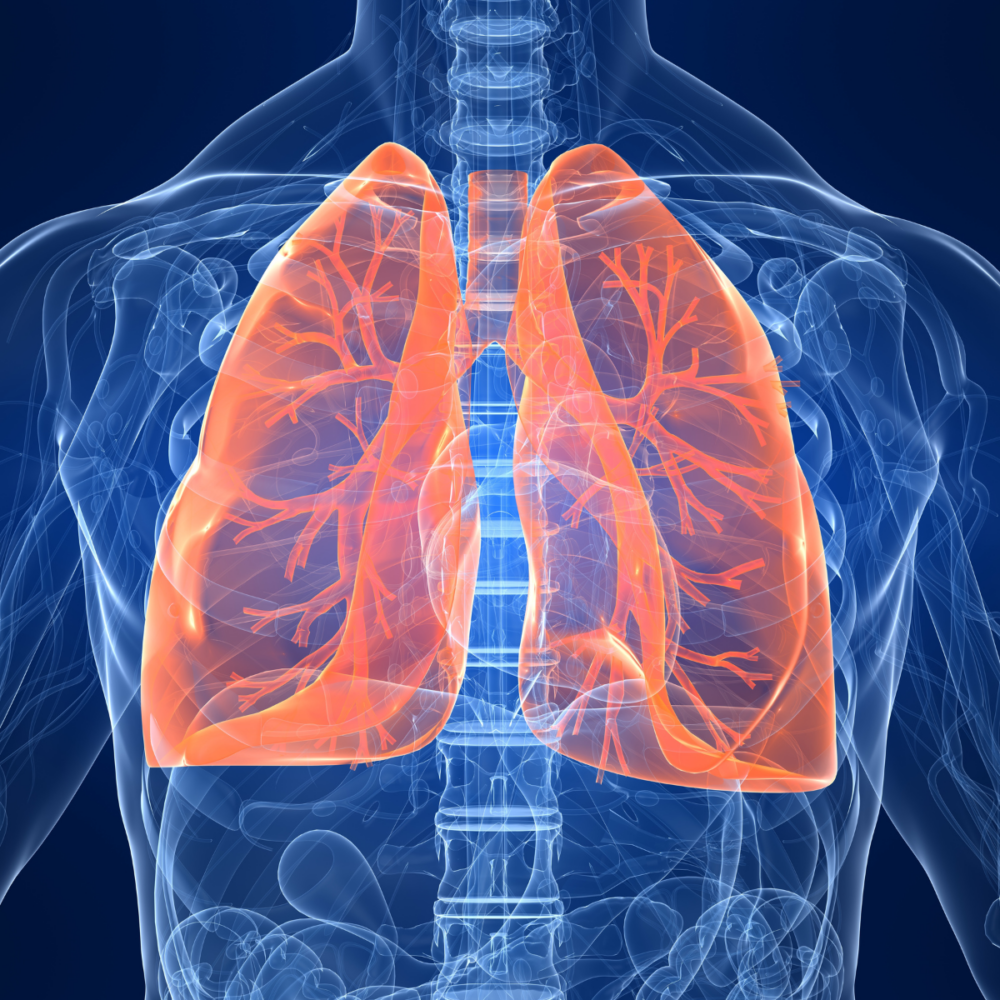肺がん検診をめぐる混乱が検診率の低下につながっている

ふまたは即時リリース
キラ・マイスター
703-836-1746
kyra.meister@preventcancer.org
バージニア州アレクサンドリア – 肺がんは、リスクの高い人に対する効果的なスクリーニングにもかかわらず、米国におけるがんによる死亡原因の第 1 位であり続けています。肺がんスクリーニングの対象者は誰か、またこの病気のスクリーニングはどのようなものかという大きな混乱が原因かもしれません。このため、米国では毎年 127,000 人以上の命を奪っているこのがんのスクリーニング率は、驚くほど低いものとなっています。1
このニュースは 最近の報告 がん予防財団の調査によると、21歳以上のアメリカ人の65%が、1回以上の定期的ながん検診を受けていないことが分かりました。2 定期的ながん検診のうち、肺がん検診率は最も低く、米国では対象者の 6% 未満が肺がん検診を受けているのに対し、乳がん検診では 70%、大腸がん検診では 74% となっています。
の中に 2023年早期発見調査肺がん検診を受ける資格があると自己申告した人の数は、実際に検診基準を満たした人の数よりもはるかに多かった。このことは、肺がん検診とは何かという混乱と、肺がん検診を受ける資格についての理解不足を浮き彫りにした。
「肺を持つ人は誰でも肺がんになる可能性がありますが、定期的な検査は喫煙歴によりリスクが高まった人にのみ推奨されます。検査を受ける基準を満たしているかどうかを知ることが重要です」とDNP、ANP-BC、AOCNのヘザー・マッキー氏は述べた。®がん予防財団のがん予防および早期発見担当シニアディレクター。
全体的に、調査結果は、肺がん検診の対象となる人の説明と「パックイヤー履歴」の定義をより明確にする必要があることを示している。3 リスクのある人々へ:
- 調査対象者のうち、5人中2人以上が肺がん検診の正確な説明を理解できませんでした。
- パックイヤー履歴の定義を知った後、調査対象者の 44% がパックイヤー履歴の定義は簡単に理解できないと回答しました。
個人のパックイヤー履歴は、肺がん検診の適格性を判断するのに役立ちますが、パックイヤー履歴の計算方法を理解していないため、人々は検診の適格性について知らされず、より早期で治療可能な段階でがんを発見するために必要な定期的な検診の恩恵を受けることができません。
ヘビースモーカーまたは元ヘビースモーカーの場合は、肺がん検診について医療提供者に相談してください。米国予防医学タスクフォース (USPSTF) は、次のような人に対して検診を推奨しています。
- 50~80歳
- 20パック年の喫煙歴がある
- 喫煙を続けている、または過去15年以内に禁煙した4
「長期喫煙者を毎年の低線量胸部CT検査でスクリーニングすると、がんによる死亡率が大幅に減少します。だからこそ、スクリーニングについて人々に啓蒙することが極めて重要です。早期発見がより良い結果につながることは分かっており、それを他の人にも知ってもらうことが私たちの使命です」とマッキー博士は語った。
2023年の早期発見調査で調査されたすべてのがん種に関する情報とリソース(関連するスクリーニングに関する情報を含む)は、以下でご覧いただけます。 詳しくはこちら肺がんとそのリスク軽減法に関する詳しい情報については、 肺がんの予防.
1アメリカがん協会。「がんの事実と数字 2023」アトランタ:アメリカがん協会、2023年。
2がん予防財団は アトミック オンライン調査を実施するための調査 oふ 21 歳以上のアメリカ人 2,014 人。誤差は +/- 2 パーセント ポイント、信頼区間は 95% です。 この調査で研究されたがん検診は、乳がん、子宮頸がん、大腸がん、口腔がん、肺がん、前立腺がん、皮膚がん、精巣がんに関するものでした。
3あ パック年 人がどれだけの喫煙量を持っているかの推定値です喫煙量は時間の経過とともに変化します。毎日吸うタバコの箱数に、その量を吸った年数を掛けます。例: 1 日に 1 箱を 20 年間吸った人の喫煙歴は、1 x 20 = 20 箱年になります。
42023年11月1日、アメリカがん協会は、毎年の検査の開始または中止に禁煙からの年数は関係なくなることを示す新しい肺がん検査ガイドラインを発表しました。新しいガイドラインでは、喫煙者または喫煙歴があり、少なくとも20パック年の喫煙歴がある人は、肺がんを発症するリスクが高いとみなされ、毎年の検査を推奨されるべきです。
###
がん予防財団について®
がん予防財団® は 唯一の米国-ベース 非営利団体 専ら ひたむきな に 癌 予防と早期 検出. 研究、教育を通じて、 アウトリーチ およびアドボカシー, 私たちは、数え切れないほど多くの人々ががんの診断を回避したり、早期にがんを発見して治療を成功させるのを支援してきました。 私たちの原動力は がんが予防できる世界のビジョン 検出可能 そして打ち負かすことができる すべてのために.
財団は、2035年までに癌による死亡者数を40%減らすという課題に取り組むために立ち上がっています。これを達成するために、 私たちは がんを早期に発見し、進歩させるための革新的な技術に$20百万を投資することを約束 マルチがん検診、がん検診とワクチン接種へのアクセスを拡大するために$1000万 医学的に 十分なサービスを受けていないコミュニティを支援し、検査とワクチン接種の選択肢について一般の人々を啓蒙するために$1000万ドルを支出します。
詳細については、 がん予防.
